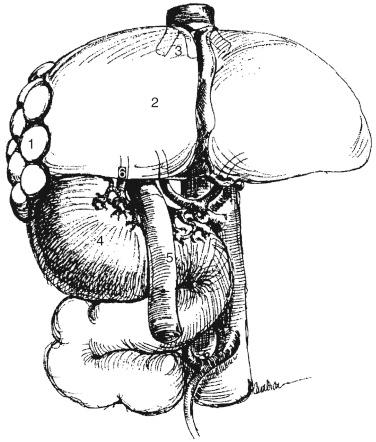Physical Address
304 North Cardinal St.
Dorchester Center, MA 02124
Although outcomes after liver transplantation (LT) have enjoyed unprecedented success, particularly in children, anatomical anomalies increase the complexity of the procedure. Situs inversus (SI) is one such anomaly that can be associated with intra-abdominal anatomical aberrations. At one time, patients with SI were not considered candidates for LT because of the high risk associated with these associated anomalies. Today, with advances in surgical techniques and experience gained, patients with liver disease and SI undergo successful LT. This chapter reviews the biological basis for anomalies of orientation, SI, the polysplenia syndrome, the experience with LT for SI, and recommendations for evaluation and operative management of these rare cases.
SI, a condition characterized by mirror-image orientation of the viscera relative to the midline, was first described by Aristotle and is estimated to occur in less than 0.1% of the population. The cause of SI is unknown. An acquired cause resulting from an in utero insult that interrupts the normal process of differentiation and orientation has been postulated in view of the frequent association between abnormal situs and other rare congenital defects. However, evidence for causative agents is scant. Alternatively, evidence favoring a congenital/genetic cause derives from animal studies, as well as familial genetic studies indicating an autosomal or X-linked recessive mode of inheritance. It is possible that both mechanisms contribute to the development of abnormal situs in various situations, but further investigation is required.
The association between congenital malformations and SI is common. Several syndromes associated with abnormal situs have been described, including polysplenia syndrome, asplenia or Ivemark’s syndrome, and Kartagener’s syndrome. Congenital heart disease is found in up to 60% of these patients. Vascular anomalies such as an interrupted inferior vena cava (INT-IVC) and preduodenal portal vein (PDPV) have been reported in as many as 20% and 42% of patients, respectively. Aberrant hepatic arterial anatomy also has a higher frequency in patients with abnormal situs. Biliary atresia (BA) is commonly found in patients with abnormal situs ( Fig. 67-1 ). Whether a relationship exists between the development of BA and abnormal situs remains to be seen. Still, BA remains the most common indication for LT in children with and without abnormal situs.

Become a Clinical Tree membership for Full access and enjoy Unlimited articles
If you are a member. Log in here